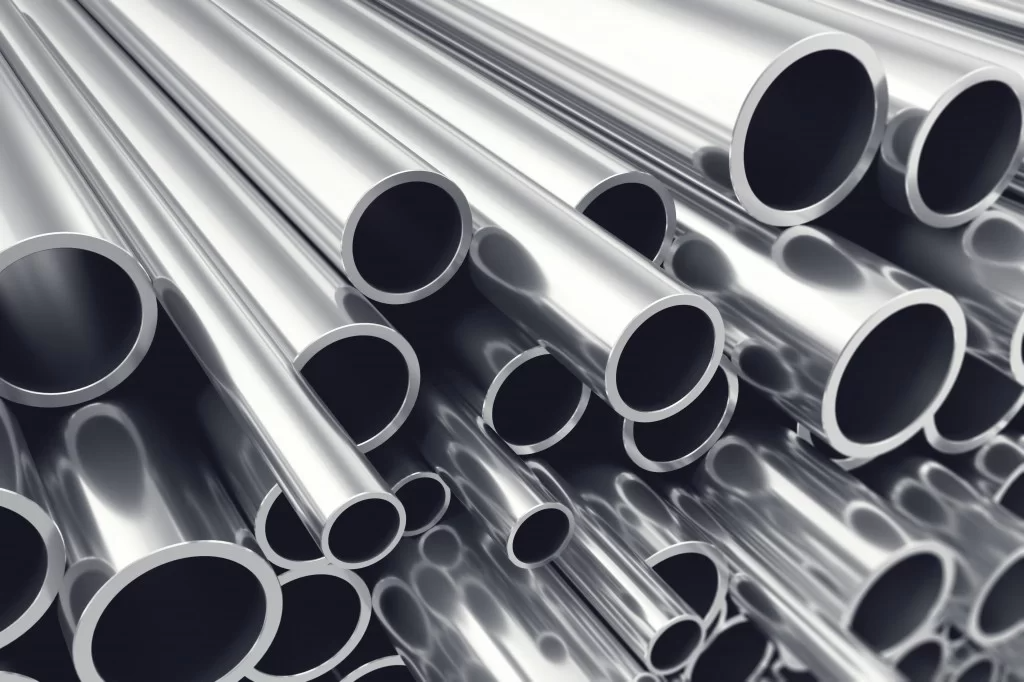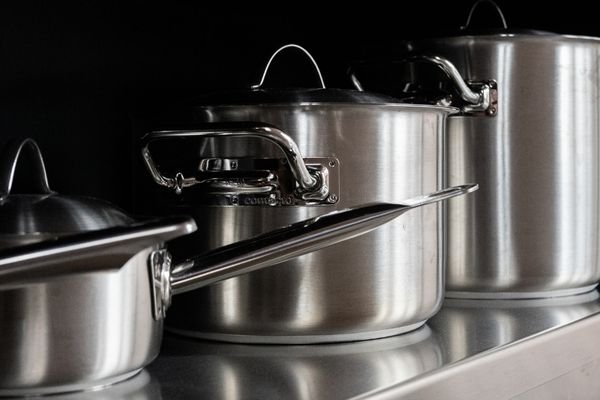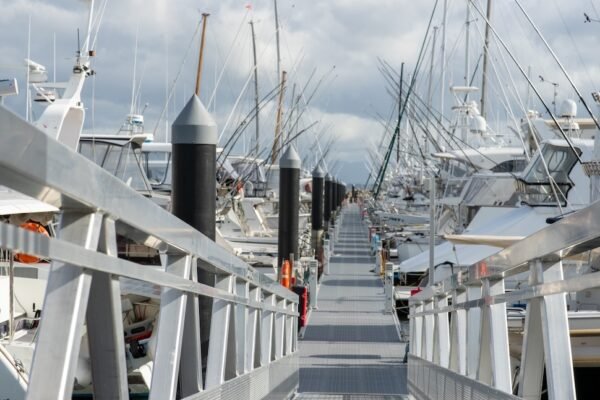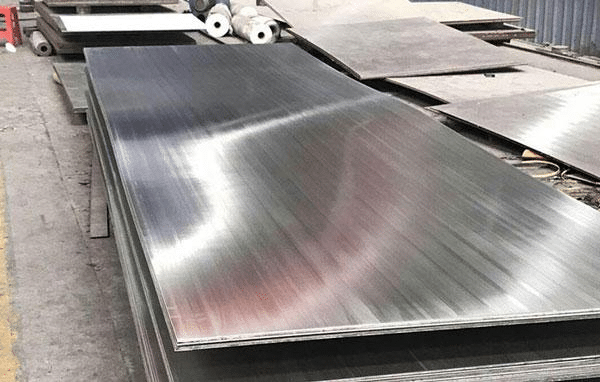Comprehensive Comparison of 304 vs 316 Stainless Steel
Introduction
304 vs 316 stainless steel represents the main selection point for engineers and designers and buyers who need to find an optimal combination of corrosion protection and cost-effectiveness and operational performance. The guide provides essential information about 316 material composition and performance characteristics and typical applications and price points to help you decide if the higher cost is justified.
The two main materials used for stainless steel are 304 and 316.
304 stainless steel (often called 18/8 stainless) is an austenitic alloy with roughly 18% chromium and 8% nickel.Its balanced corrosion resistance and ease of fabrication make it the go-to “food-grade” stainless for many indoor and low-corrosion environments.
316 stainless steel adds molybdenum (Mo) to the basic 304 chemistry.The addition of molybdenum to stainless steel creates high resistance to chloride and pitting corrosion which leads to its classification as "marine grade" or "medical-grade" stainless steel based on grade and finish.

Performance comparison (quick reference table)
|
Property |
304 |
316 |
Practical takeaway |
|---|---|---|---|
|
Corrosion resistance |
Good in general environments |
Superior, especially vs chlorides/sea water |
Core difference: choose 316 for salty or chloride-rich environments |
|
Chloride/pitting resistance |
Moderate |
High (due to Mo) |
316 avoids pitting in coastal and chemical applications |
|
High-temperature strength |
Good |
Slightly better at high temp |
316 preferred for some elevated-temp uses |
|
Fabrication & welding |
Very workable, widely used |
Also workable; slightly more costly |
Both are weldable; 304 more common in supply chains |
|
Cost |
Lower |
Higher (molybdenum adds cost) |
Budget vs performance trade-off |

How to choose — application guide
Choose 304 when:304 should be selected for applications where the environment exists mainly indoors or lacks chloride exposure (kitchen appliances, cookware, indoor tanks, decorative trim and various architectural applications). 304 provides excellent value to users at the same time it remains accessible to users who have basic computer skills.
Choose 316 when:Select 316 for applications that involve exposure to seawater or deicing salts or chlorinated cleaners or aggressive industrial chemicals (marine fittings, coastal façades, chemical process equipment, surgical instruments, and high-salt food processing). 316 provides better long-term durability in harsh environments because its initial investment leads to reduced maintenance and replacement expenses.


Cost vs benefit — is 316 worth it?
316 costs more because it contains molybdenum and sometimes additional nickel. The selection process should use lifecycle risk because 316 represents the most suitable option due to its resistance against corrosion-related failures and contamination and its ability to minimize expensive downtime. 304 represents the economical option for low-risk products with short product lifespans.
Fabrication, welding, and grades
The two materials exhibit simple moldability and weldability properties. The welding process of 304L and 316L variants becomes possible because of their low carbon content which stops carbide formation and provides better corrosion protection to welded metal structures. For welded marine or chemical vessels, L-grades are commonly specified.
Quick tips to identify and maintain
Identification: The identification of 304 and 316 stainless steel needs laboratory tests or supplier documentation because visual checks and magnet tests do not offer dependable identification methods.
Maintenance: Regular cleaning operations which remove salts and deposits help extend the lifespan of the structure particularly in coastal regions where chloride exposure occurs persistently.

FAQ
Q1: Home cookware — 304 or 316?
A1: For most home cookware and sinks, 304 is sufficient and cost-effective. 316 is overkill unless you regularly expose items to high-salt solutions.
Q2: How to tell 304 from 316?
A2: Supplier mill certificates or chemical analysis are the reliable methods. Visual or simple field tests are not definitive.
Q3: Is 316 stainless steel absolutely rust-free?
A3: No metal is truly “rust-proof.” 316 is significantly more corrosion-resistant, especially to chlorides, but extreme conditions or poor maintenance can still cause corrosion.
Q4: What do 304L and 316L mean?
A4: The “L” stands for low carbon, which improves weldability and reduces the risk of intergranular corrosion after welding.
Conclusion
Choose 304 vs 316 stainless steel based on environment and total cost of ownership.For general indoor use, 304 gives great performance at lower cost.316 provides sufficient protection for most applications but its added protection in chloride-rich, marine, medical or aggressive chemical environments makes it worth the premium cost.
Our Products
Latest Articles
Get A Free Sample
Try out the products you are interested in and get free samples. See the quality for yourself and let’s start working together right away.
Get In Touch Today
After you fill out the form, We will contact you within 24 hours.
The first objective will be to understand your needs, then develop a business plan together and provide you with the best pricing!
Address
Workshop No. 3 (Self - designated), Sizhong Industrial Zone, Dazhen Community, Dali Town, Nanhai District, Foshan City
Tel
+86 13392243769
+86 13392243769
senmry@vip.163.com







